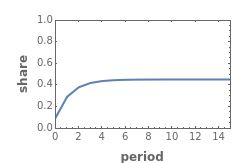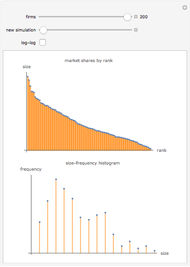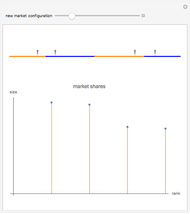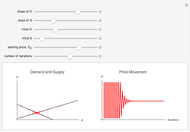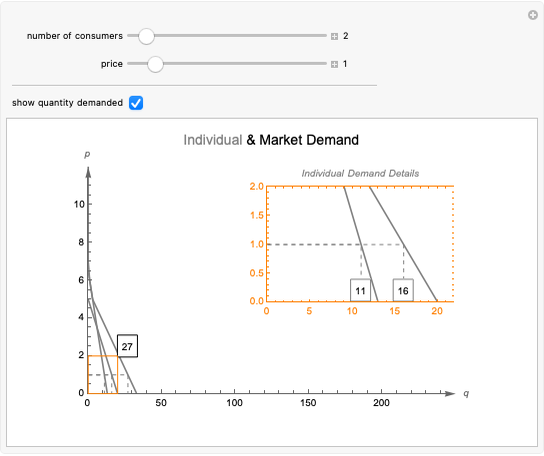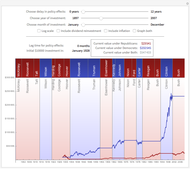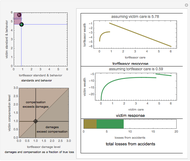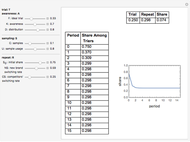Assessor Model for Simulated Test Markets

Requires a Wolfram Notebook System
Interact on desktop, mobile and cloud with the free Wolfram Player or other Wolfram Language products.
Firms that produce consumer‐packaged goods use simulated test markets to forecast the long-run market share of a new product before introducing it in the marketplace.
[more]
Contributed by: Asim Ansari (March 2011)
Open content licensed under CC BY-NC-SA
Snapshots
Details
Market share is given by  , where
, where  represents trial, the percentage of the target market that will eventually try the product, and
represents trial, the percentage of the target market that will eventually try the product, and  represents repeat, the long-run share among the triers.
represents repeat, the long-run share among the triers.
The trial  can occur because of awareness and availability
can occur because of awareness and availability  of the new product or because of sampling
of the new product or because of sampling  .
.
The trial due to awareness and availability is computed from  , where
, where  is trial under complete awareness and availability,
is trial under complete awareness and availability,  is the proportion of the market that will be eventually aware, and
is the proportion of the market that will be eventually aware, and  is the proportion of stores that will carry the product in the long run.
is the proportion of stores that will carry the product in the long run.
The trial due to sampling is given by  , where
, where  is the proportion of the market that will receive a free sample and
is the proportion of the market that will receive a free sample and  is the probability of usage of a free sample conditional on receiving it.
is the probability of usage of a free sample conditional on receiving it.
Thus  .
.
The repeat component is given by  , where
, where  is the competitor's switching rate and
is the competitor's switching rate and  is the new brand's switching rate.
is the new brand's switching rate.
A. J. Silk and G. L. Urban, "Pre-Test-Market Evaluation of New Packaged Goods: A Model and Measurement Methodology," Journal of Marketing Research, 15(2), 1978 pp. 171–191.
Permanent Citation
